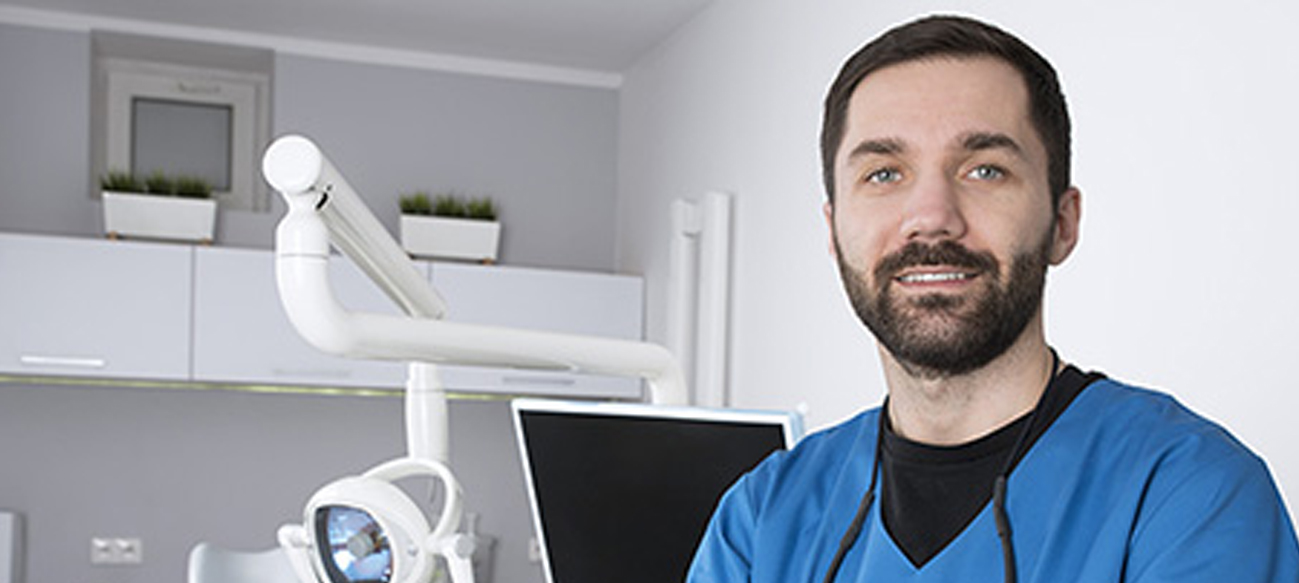Remote dental care, or, ‘teledentistry’ is getting more and more popular with each day. Even though it may seem like it, it is not a new concept. Invisible aligners have actually been around since the 1970s.
There are controversies surrounding this technology, with some people doubting its safety. But the steep increase of adults who are in need of orthodontic treatment keeps patients coming. The invisible aligners market was valued at $2.2 billion in 2018 and it keeps getting higher.
According to the American Teledentistry Association patients no longer feel the need to visit the dental office in general. This study concludes that it is relatively safe and comparable to dental exams performed in person.
The trend reportedly started in 2003 and is gaining in steady popularity since then. Researching symptoms online or contacting professionals via text or email seems to be preferable to an office visit for a diagnosis.
The ATA reports that:
- 70% of patients prefer to remotely contact a professional,
- 76% value access to care more than interaction with a healthcare provider,
- 30% check diagnostic information online, and
- 20% live in areas where access to direct care is difficult.
This easy access to care has had an effect on cosmetic dentistry in particular. Fitting clip-on veneers and teeth whitening are treatments patients have been performing at home for years. But those seem pretty straight forward and relatively risk-free. What about the popularity of remote orthodontics?
Align Technology, the owner of Invisalign, a leader in the clear aligners market, has reported that nearly 75% of people suffer from malocclusion. The American Association of Orthodontists states that almost 4.3 million patients aged 17 and below were treated in the US in 2016. This marks a 66% growth since 1989.
Dr. Elliott Moskowitz, a professor at New York University College of Dentistry and a private practitioner in New York City, says that around 2014 all of his patients were treated with traditional braces. Nowadays, up to 80% use clear aligners instead.
But these statistics pertain to Invisalign, which does provide its patients with in-office visits and dental professionals who oversee the process. Some, however, opt for fully remote options, with the possibility of never seeing a dentist or orthodontist at all.
The biggest advantage of at-home tooth alignment, is, arguably, the flexibility. Patients don’t have to make regular appointments at the office and can decide exactly when their treatment is going to start.
Moreover, oftentimes while an appointment might last 30 minutes, an entire day has to be taken off work or school. When the treatment is done from home this repetitive hassle is eliminated.
But it’s not just that home straightening kits are more convenient. A huge plus for many is surely the price, which tops off around the $2,500 mark. Invisalign packages can cost up to $9,500 while the price for traditional braces reaches $13,000.
On top of that, home teeth straightening presents reduced travel costs for both patients and dental professionals. Providers can expand much further than physical offices with employees they would set up and run.
For those with slight to moderate misalignment, the results seem to be similar. And the process is much less problematic since aligners can be undetectable.
Many younger people are interested in this cheap, flexible way to fix their smiles. Home straightening brands advertise aggressively on social media, which makes it easily accessible to that demographic.
Every brand has its own process, but they differ only slightly. To start with, patients generally have to take impressions of their mouths at home or visit an outpost for a scan. Before and after renditions of their smiles are then made digitally.
After that, customized aligners arrive by mail, all at once. They are worn as much as possible and taken out to eat and drink. There is a new set for every two weeks or so and retainers have to be worn afterward.
Most companies offer teeth whitening at the same time or at the end of the process.
The steady trend suggests an estimate of 8.2 billion as regards the value of the clear aligners market by 2026. Consumer demand is a huge driving force, after all.














